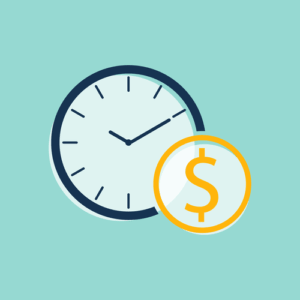

If you sell directly to the end-customer, this is the average selling price (minus taxes) displayed on your shop’s website. If you are selling to middlemen such as wholesalers, this component describes your cost price you are selling your products at. You would not be bep meaning able to calculate the break-even quantity of units unless you have revenue and variable cost per unit. Calculating breakeven points can be used when talking about a business or with traders in the market when they consider recouping losses or some initial outlay.


For any company looking to grow, the break-even point isn’t the goal—it’s the absolute bare minimum. Sales leaders need to use these numbers as motivational markers to break past breaking even and inspire their sales team to make each quarter count. You can find this information in your company’s financial statements, but we highly suggest tracking it in real-time (along with the rest of your sales operations metrics) in your CRM. If you’re looking to use the BEP to set sales price points or to formulate a sales plan template, you’ll need to know how to calculate it.
Yes, you would want to use the average cost per unit along with the average selling price to get the contribution margin per unit in the formula. The total variable costs will therefore be equal to the variable cost per unit of $10.00 multiplied by the number of units sold. In terms of its cost structure, the company has fixed costs (i.e., constant regardless of production volume) that amounts to $50k per year.
This means that the higher the contribution margin, the more fixed costs will be covered by the generated revenue. The contribution margin is thus a deciding factor for determining the break-even point. If the variable costs increase at the same rate as the production or sales volume, they are referred to as proportional variable costs.
If the same cost data are available as in the example on the algebraic method, then the contribution is the same (i.e., $16). Take your learning and productivity to the next level with our Premium Templates. Now that you know when to use which break-even formula, let’s take a closer look at its single components.
In this article, we’ll explain what the break-even point is, why break-even analysis is important, and how you can calculate your BEP for your sales team. In conclusion, just like the output for the goal seek approach in Excel, the implied units needed to be sold for the company to break even come out to 5k. It is only useful for determining whether a company is making a profit or not at a given point in time. Sales below the break-even point mean a loss, while any sales made above the break-even point lead to profits. There are both positive and negative effects of transacting at the break-even price.